Tired of Sour Tangerines? Here’s How to Pick a Perfect One, Every Time.
I’ve spent a huge chunk of my life around fresh fruit, learning the ropes not from a manual, but from pros who could tell a good batch from a bad one just by the smell wafting from the crate. They taught me that picking amazing fruit isn’t luck. It’s a skill. And when it comes to tangerines, that skill can save you from a whole lot of disappointment.
In this article
We’ve all been there, right? You buy a bag of gorgeous, bright orange tangerines that look perfect. You get home, peel one, and… it’s sour. Or worse, dry and mealy. It’s frustrating! But the good news is, the clues to a sweet, juicy tangerine are always right there. You just need to know how to read them. I’m going to walk you through the exact method the experts use, and honestly, it’s easier than you think.
I once bought a Murcott tangerine that was a perfect 10. It had supermodel looks—flawless, deep orange skin, perfectly round. I was so sure I’d hit the jackpot. Got it home, and it was as dry as a bone inside. That’s the day I learned to never, ever skip the hands-on inspection.
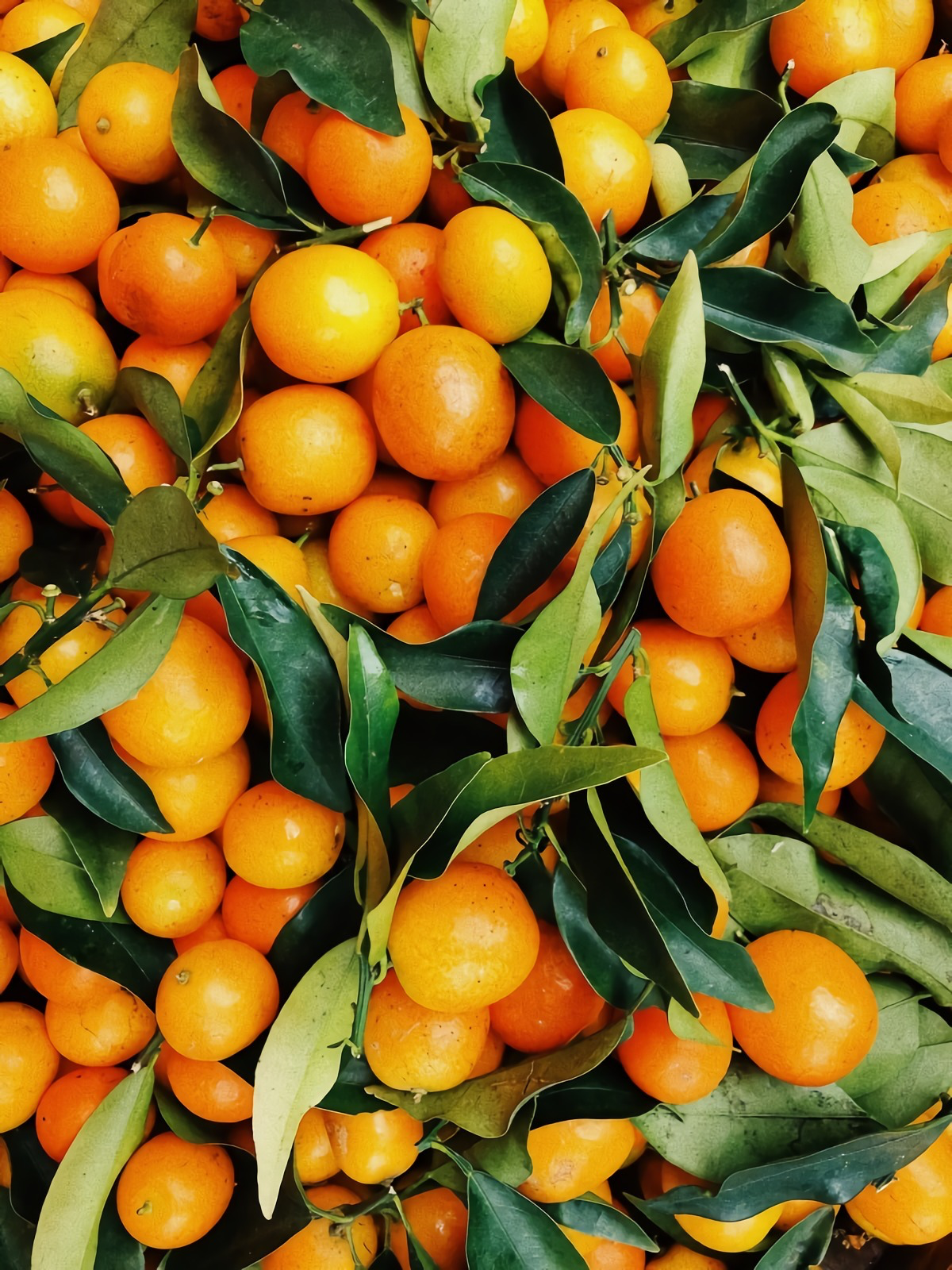
First, Know This: A Tangerine’s Sweetness Is Set in Stone
Here’s the single most important thing to understand: a tangerine does not get any sweeter after it’s picked. Unlike a banana that ripens on your counter, a tangerine has all the sugar it’s ever going to have the moment it’s snipped from the tree. So, your job in the store is to find the ones that were grown well and picked at their absolute peak.
The peel is its suit of armor, protecting all that juicy goodness. A healthy peel with a little shine means the tiny sacs of citrus oil in the skin are plump and fresh. When the peel looks dull or leathery, it means the fruit is starting to dry out. The most telling factor, though, is its weight. Since juice is the heaviest part, a tangerine that feels heavy for its size is almost guaranteed to be a juicy one. A lightweight fruit usually means it’s old and has air pockets inside. Simple physics!
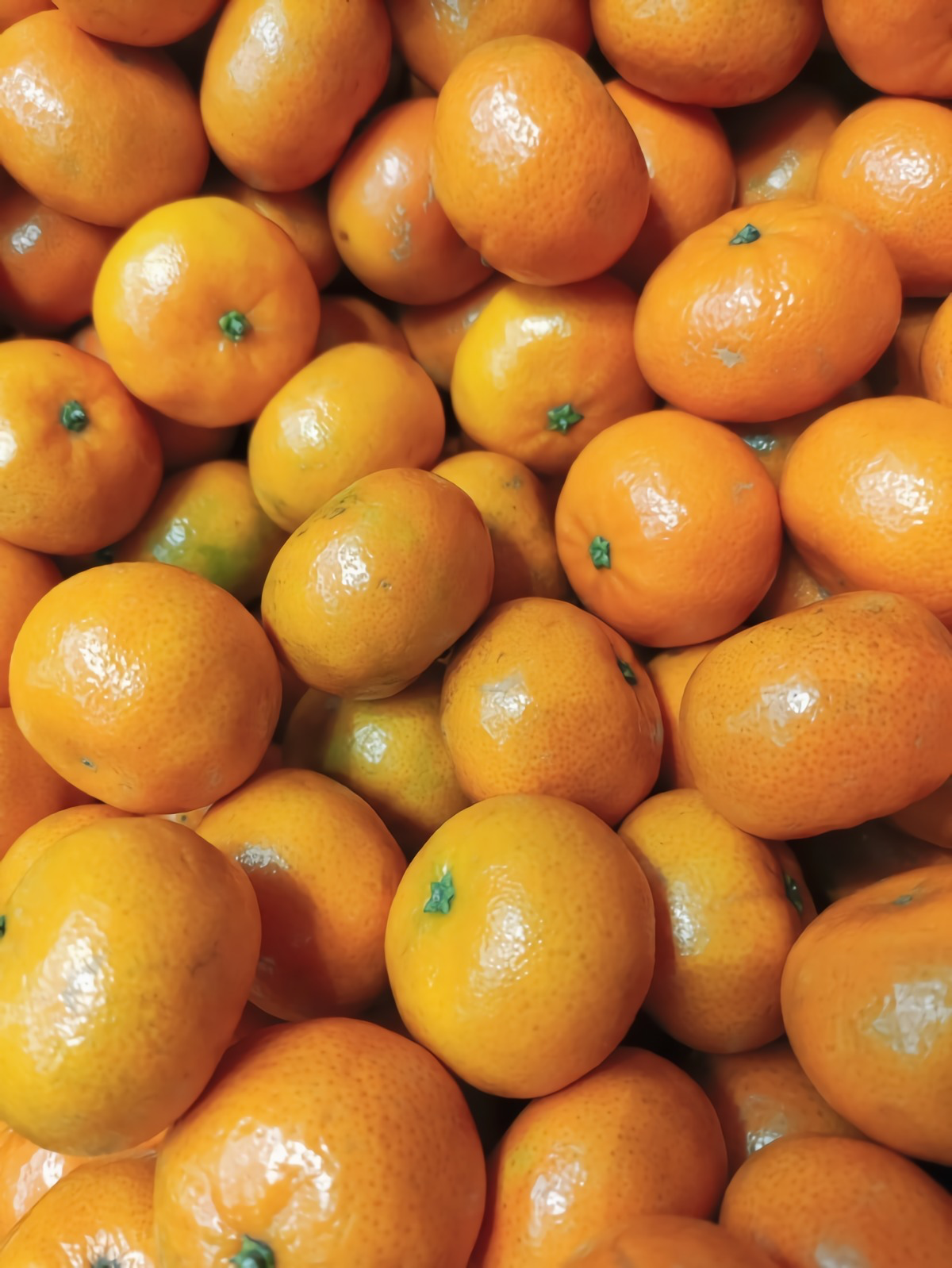
The Pro’s 4-Sense Inspection (It Works!)
This is the simple, systematic check that separates the pros from the rookies. It takes guesswork right out of the equation.
1. Look: Read the Visual Clues
Your eyes give you the first round of clues. Look for a deep, vibrant orange color that’s mostly uniform. Some varieties can have a little green near the stem and still be ripe, but for most common types, big green patches mean it was picked too early. The skin should have a faint gloss to it, not be dull and dry.
Don’t be scared of minor blemishes! Little brown, scratchy marks are usually just
Inspiration:
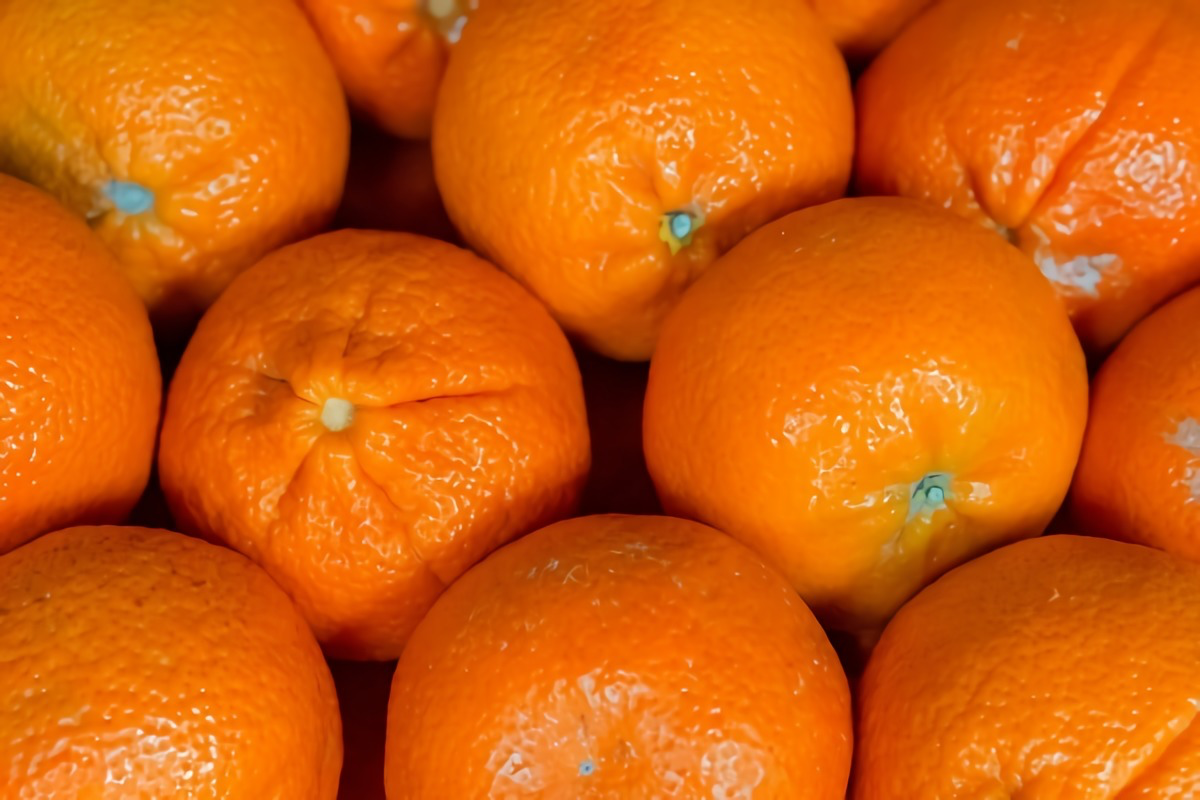
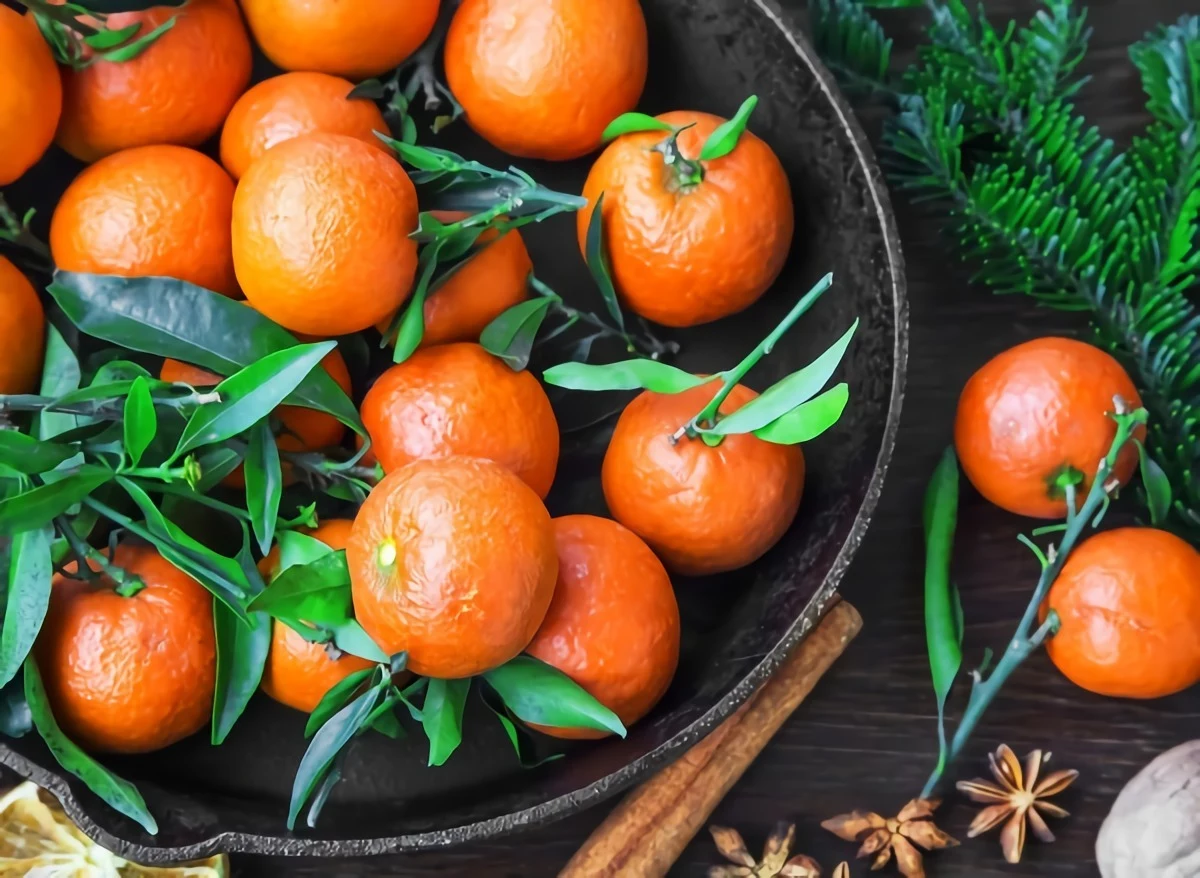
What’s the real story behind clementines?
Many think they’re just a brand name for small tangerines, but they’re a distinct hybrid of a mandarin and a sweet orange. This parentage is why clementines are renowned for being exceptionally sweet, nearly always seedless, and having a very thin, easy-to-peel skin. While tangerines offer a bolder, more tart flavor profile, clementines are the go-to for a consistently sweet, kid-friendly snack.
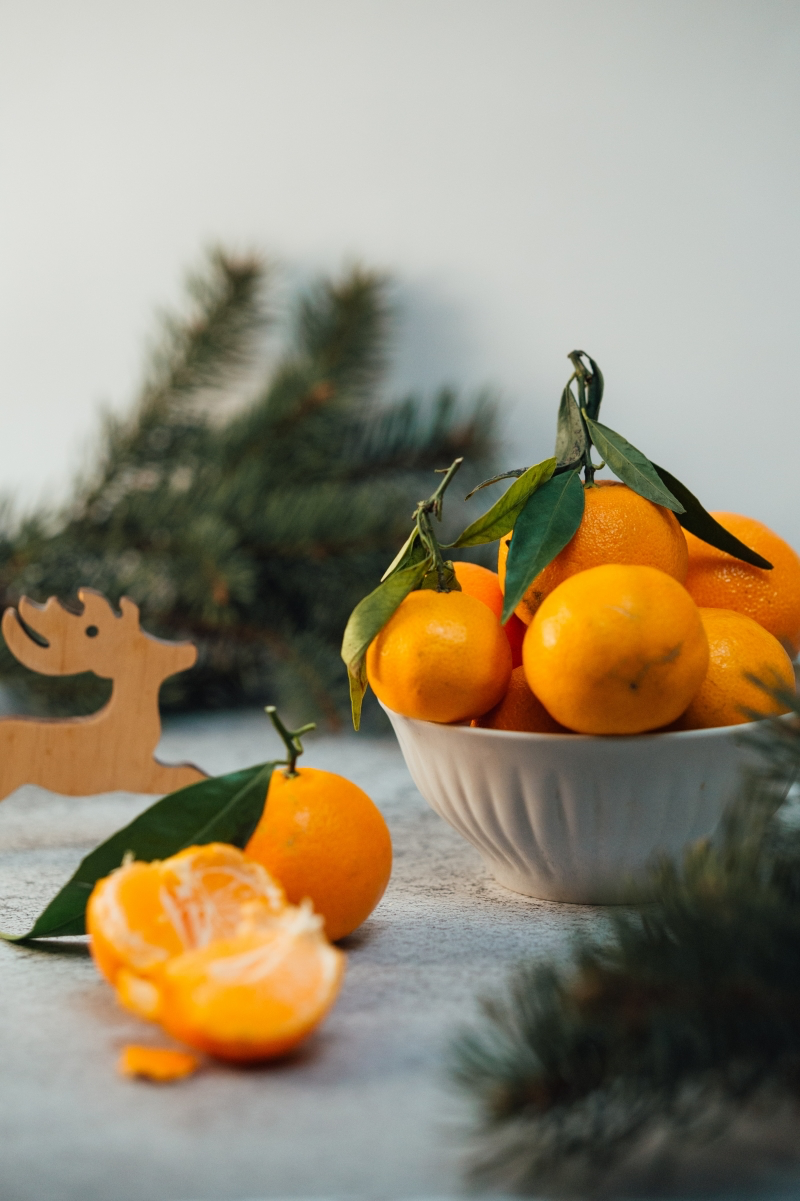
More than 90% of a tangerine’s scent comes from the essential oils concentrated in its peel, not the flesh itself.
This is why a gentle scratch-and-sniff test at the store is so effective. If a light scratch with your thumbnail releases a bright, sweet, citrusy aroma, you’re holding a fresh, flavorful fruit. If the smell is faint, musty, or non-existent, the tangerine is likely old or was picked too early.
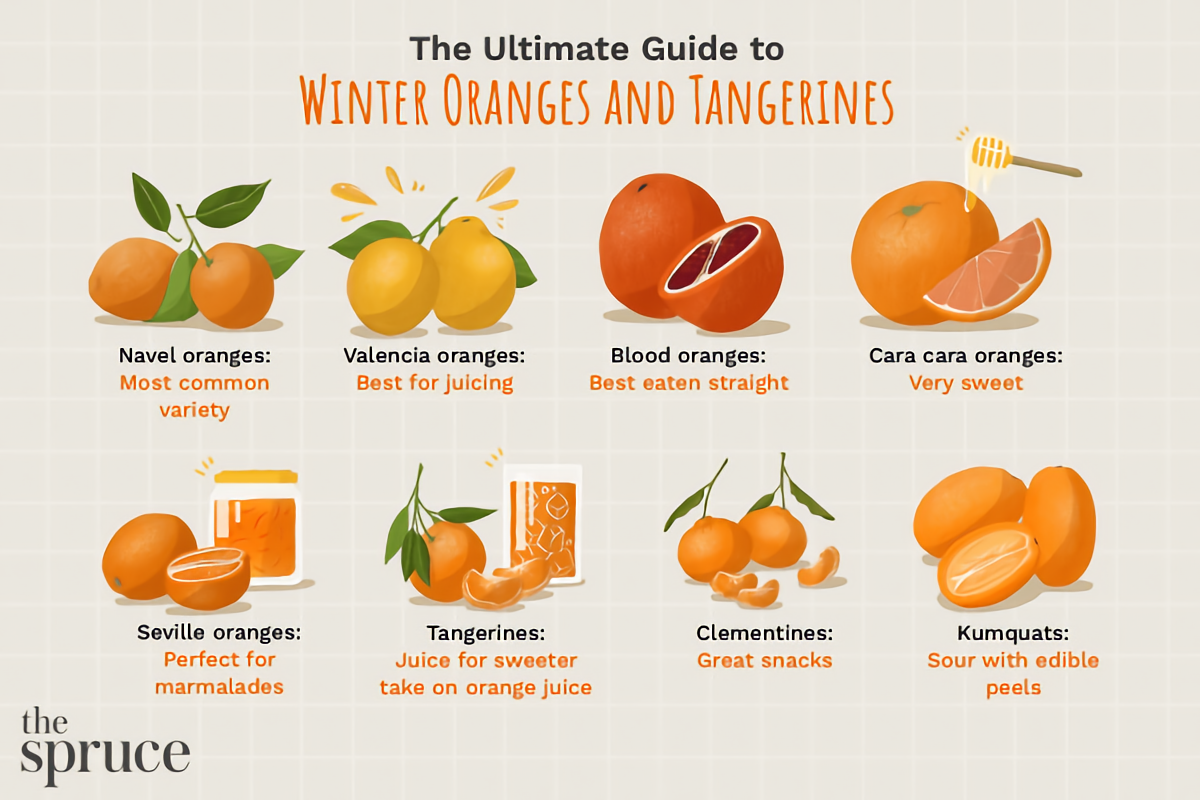
The Honey Murcott Trap: This popular variety is known for its incredible, honey-like sweetness and deep red-orange juice. However, it’s also notorious for being difficult to peel and often very seedy. It’s the perfect choice for juicing, but if you’re looking for an easy-peel snack for a lunchbox, a Satsuma or Clementine might be a better pick.
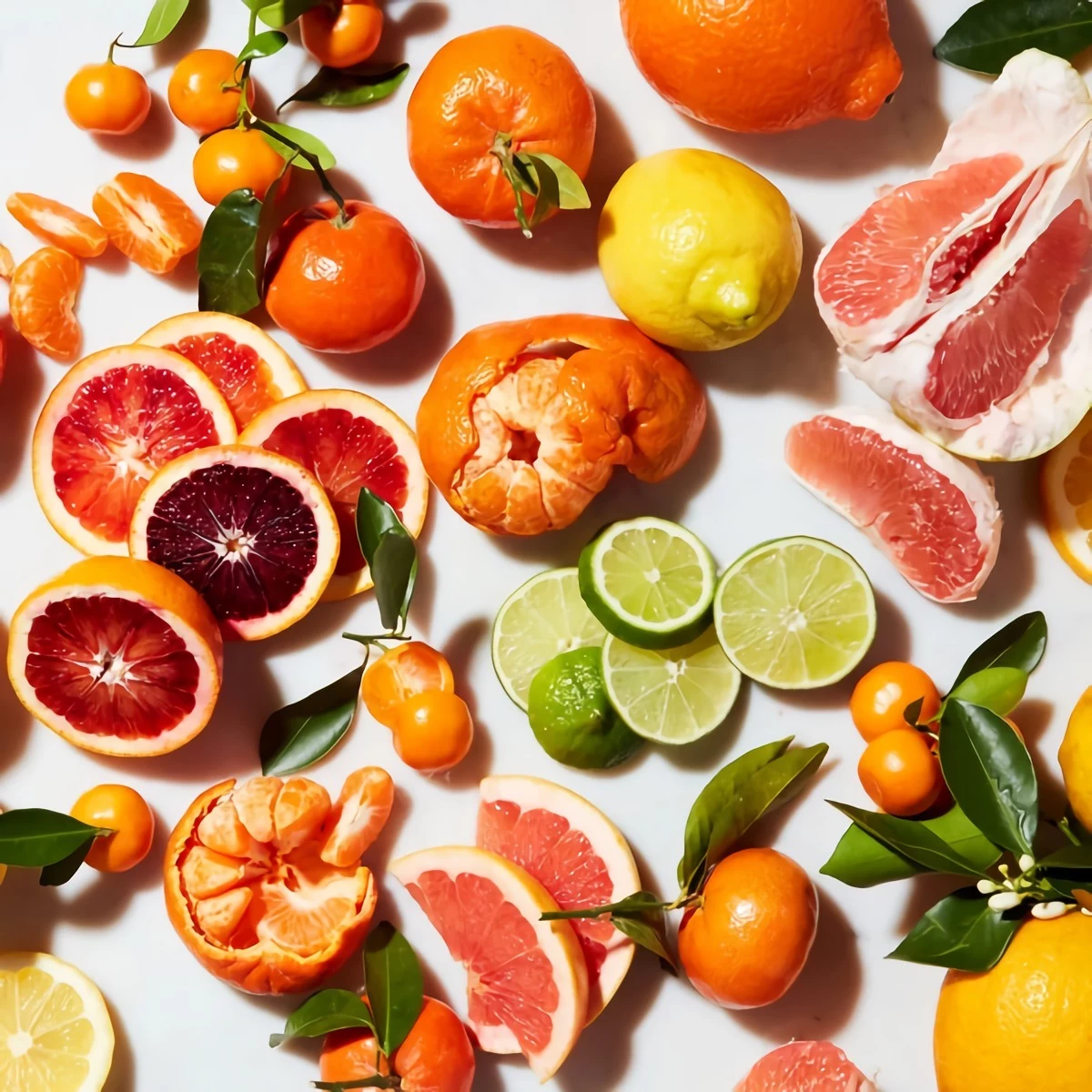
Once you’ve brought your perfect tangerines home, resist the urge to wash them until just before you eat them. Washing removes the natural protective wax and can encourage mold growth.
- For maximum juiciness, store them loose in your refrigerator’s crisper drawer. They’ll last up to two weeks.
- If left on the counter, they’ll stay fresh for about a week, but may lose some moisture.
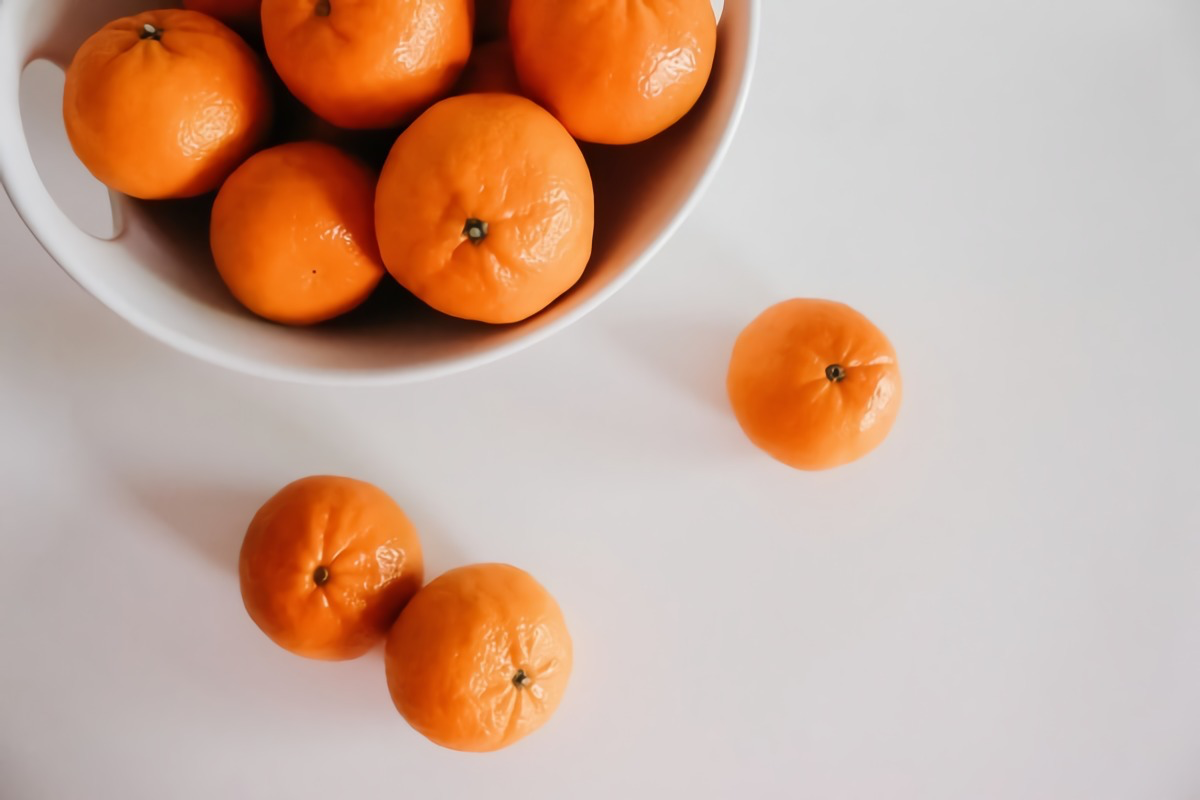
Don’t toss those peels! The vibrant zest is packed with flavor. A simple way to use it is to make tangerine sugar. Simply zest two or three tangerines into a cup of granulated sugar, mix well, and let it sit in an airtight container for a day. The sugar will become fragrant and infused with citrus oil, perfect for rimming a cocktail glass, sprinkling on muffins, or stirring into tea.
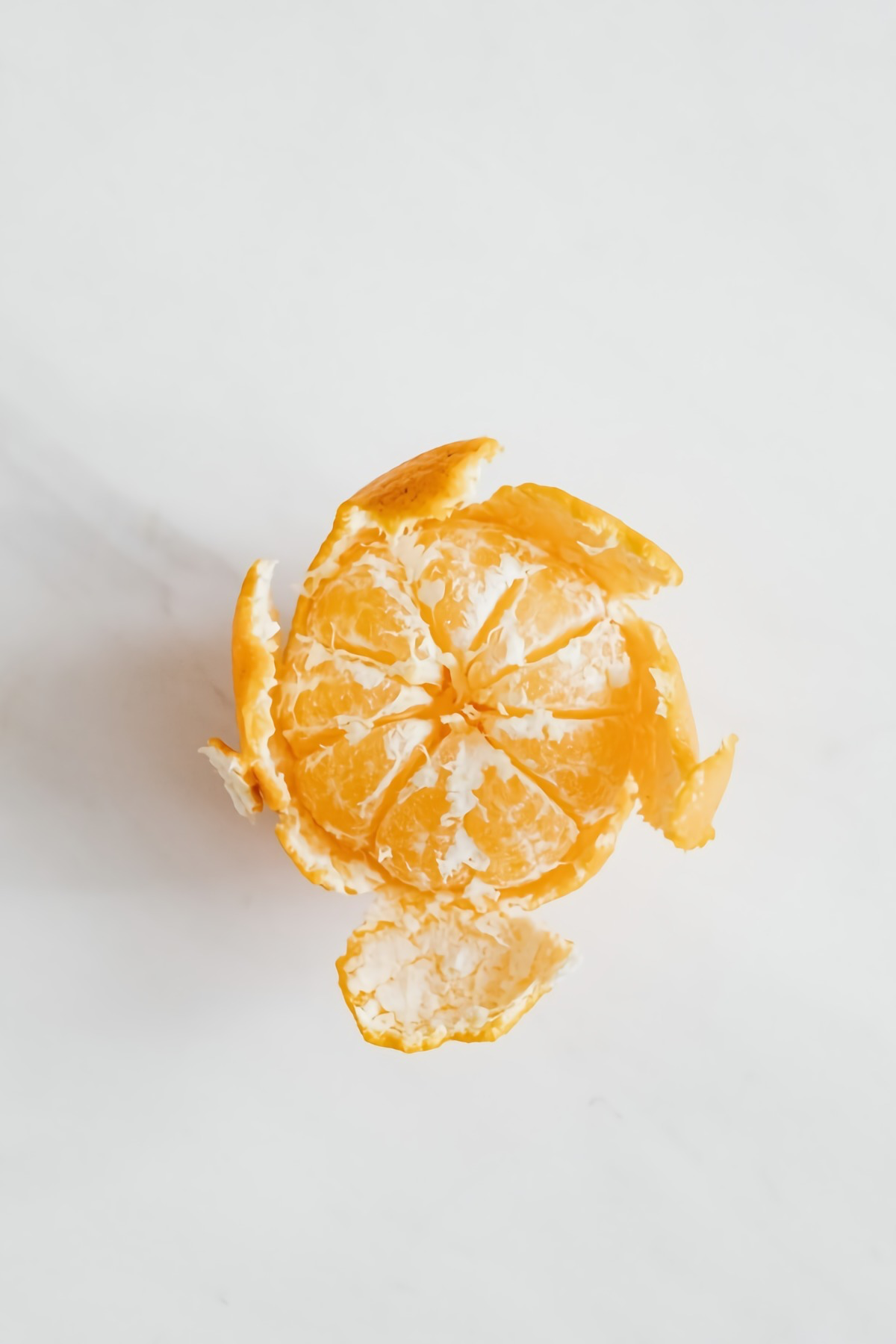
A telltale sign of a dry-out: Puffiness. If you pick up a tangerine and there’s a noticeable air gap between the skin and the fruit inside, put it back. This puffiness means the flesh has started to shrink from moisture loss, leaving you with a dry, fibrous, and disappointing experience.
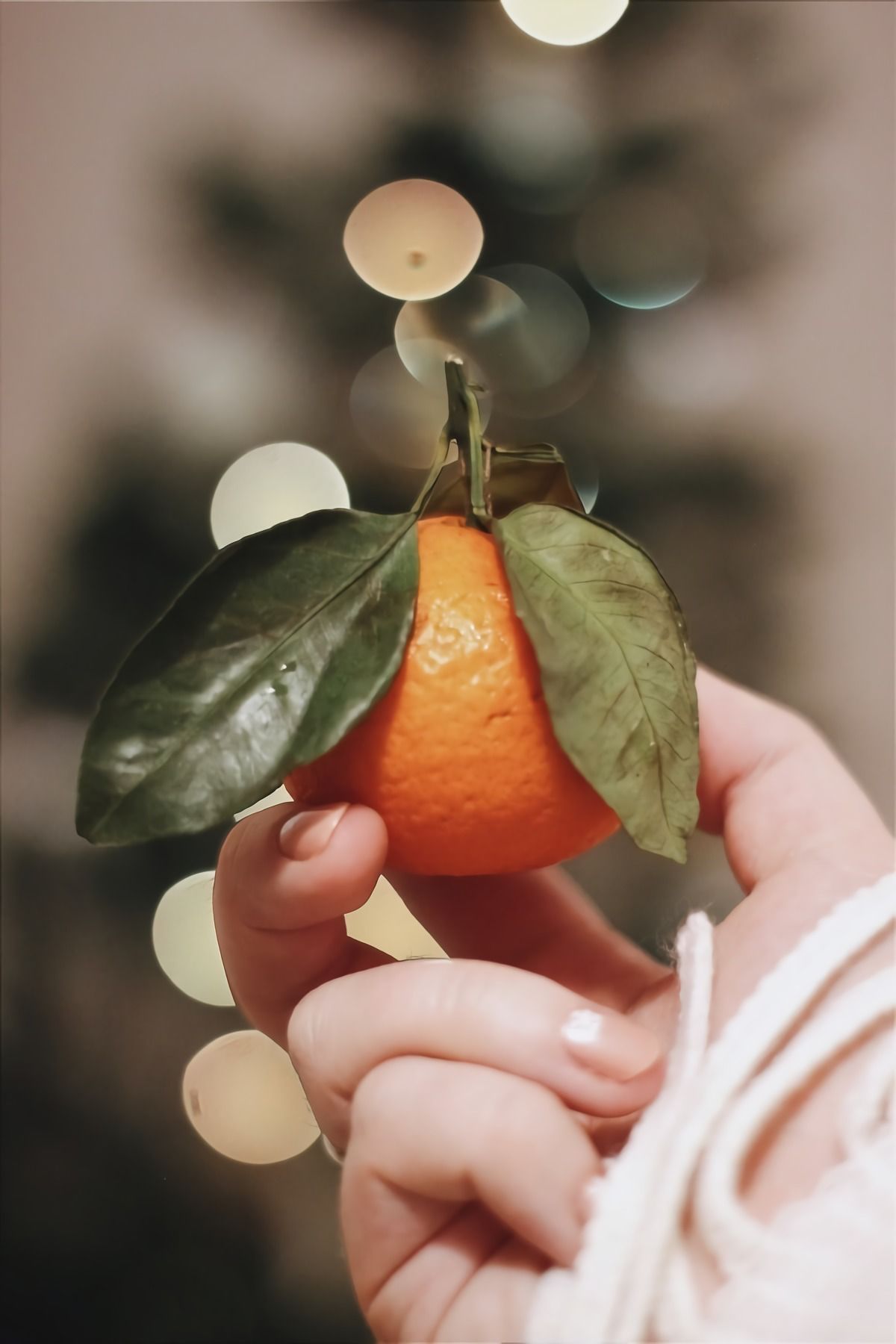
- A bright, complex sweetness that complements savory notes.
- A juicy texture that cuts through richness.
- A vibrant color that makes any dish pop.
The secret? Using tangerines in your cooking. Try segmenting them into a winter salad with fennel and walnuts, or using the juice to create a glaze for roasted chicken or salmon. The sweet-tart balance is a chef’s secret weapon.
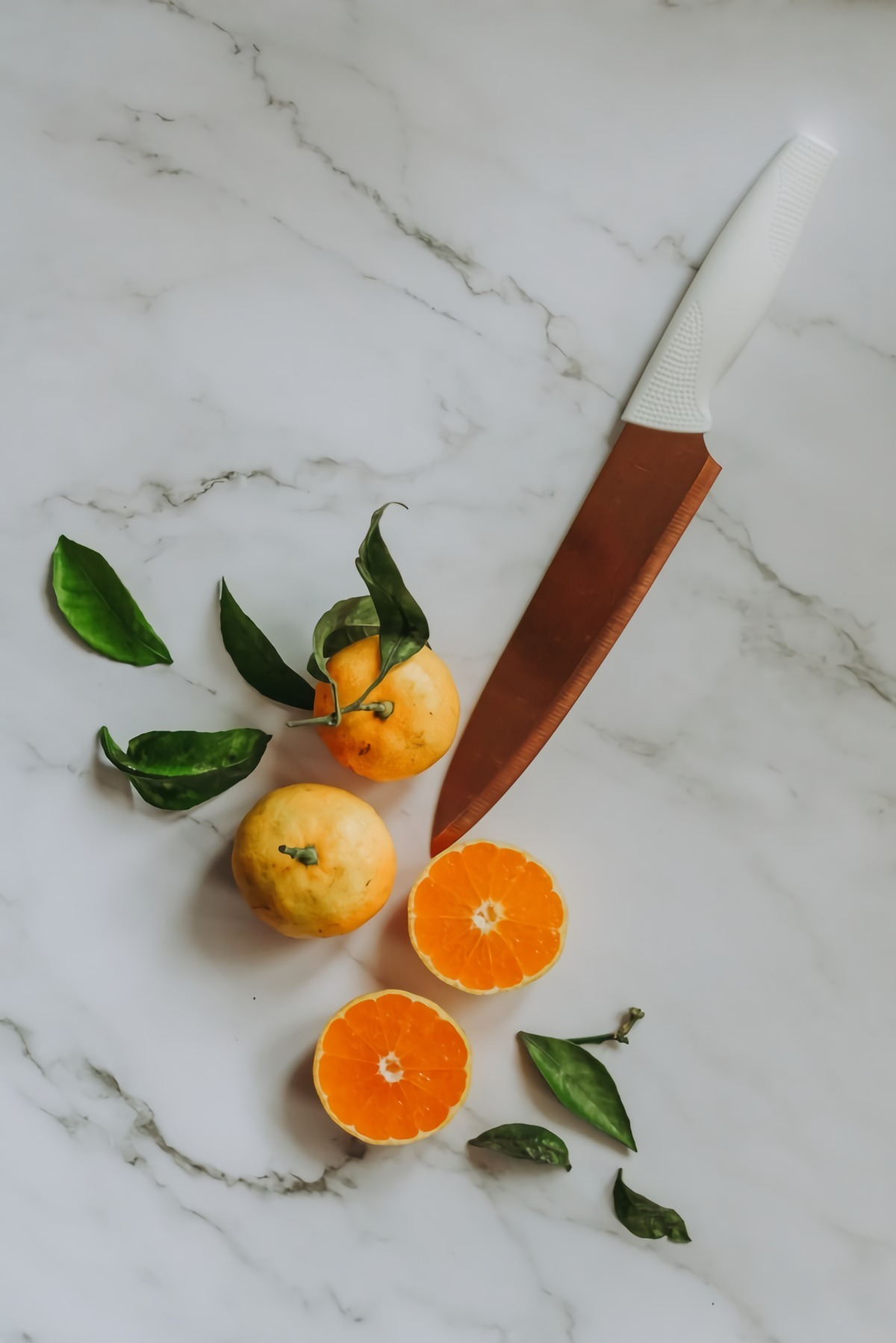
The color of a tangerine is influenced more by temperature than by ripeness. A cold snap before harvest triggers the breakdown of chlorophyll in the peel, revealing the bright orange pigments beneath. This is why some of the sweetest tangerines, especially early-season ones, can still have green patches.
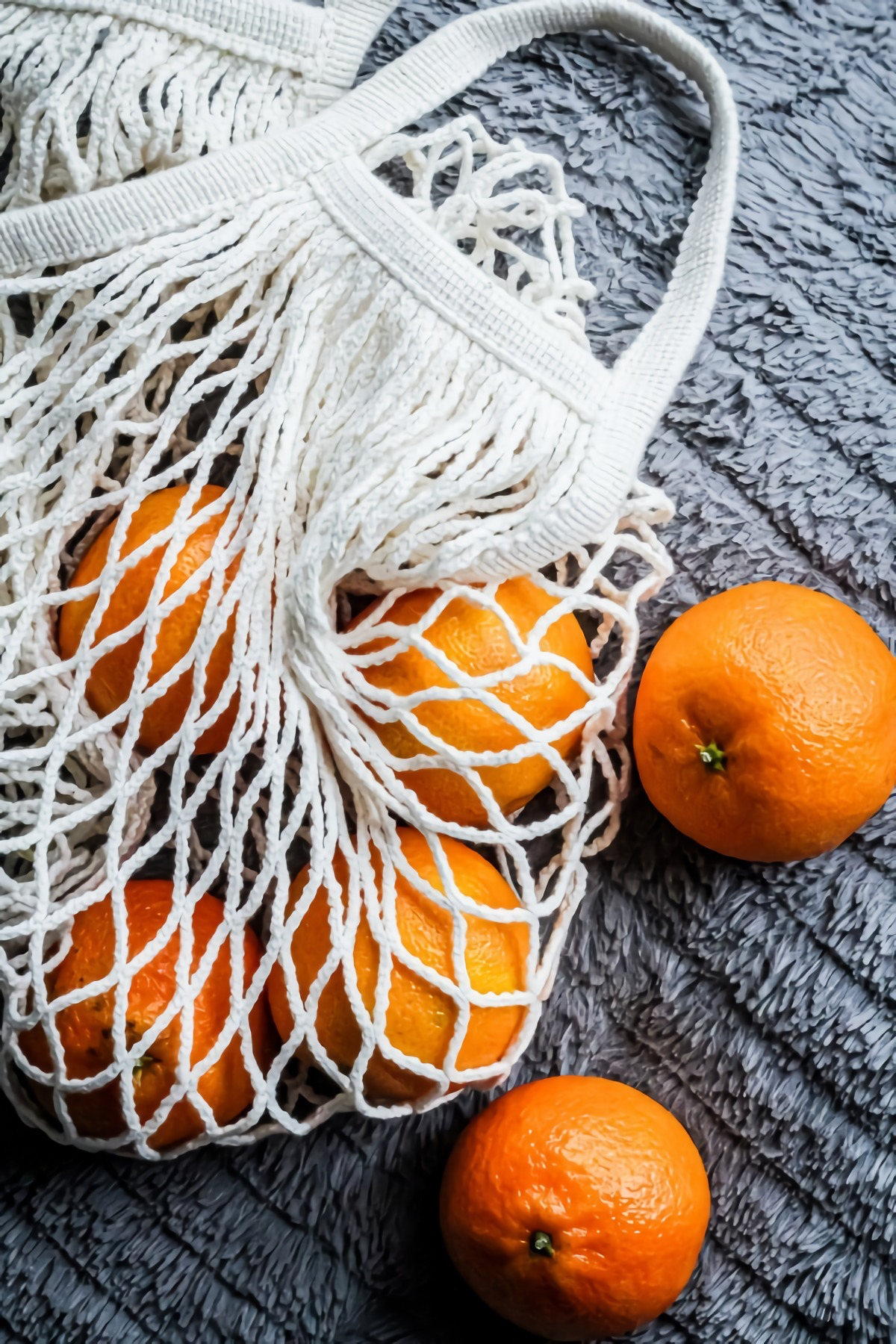
Bagged vs. Loose: Pre-bagged tangerines from brands like Cuties or Halo are convenient and often cheaper per fruit, but you can’t inspect each one. Buying loose allows you to hand-select for weight and firmness, increasing your odds of success. For the best of both worlds, feel the weight of the entire bag—if it feels surprisingly heavy, it’s likely full of juicy gems.
The peak season for most tangerine varieties runs from late fall through early spring. Shopping within this window, roughly November to April in the Northern Hemisphere, dramatically increases your chances of finding fruit that was picked at its natural peak of sweetness and flavor, rather than being stored for long periods.










